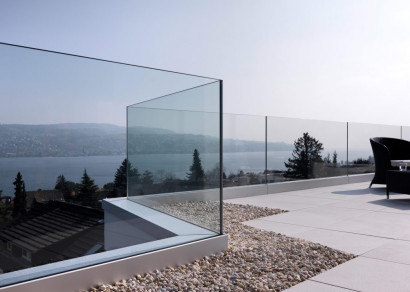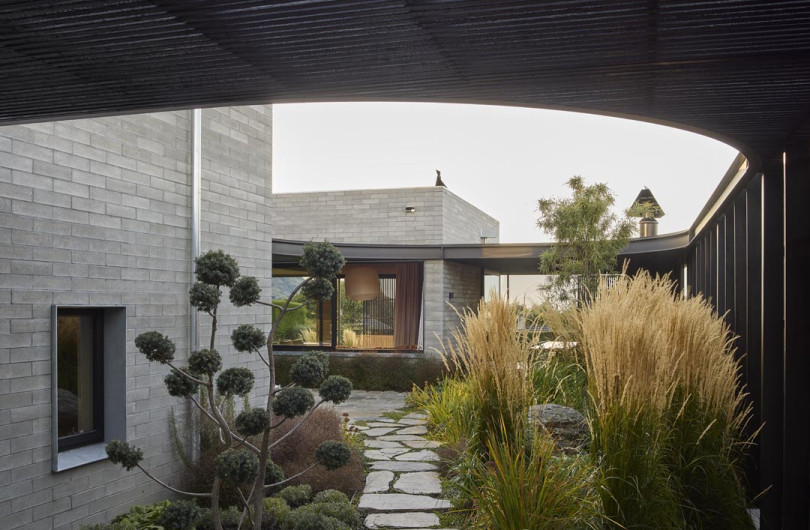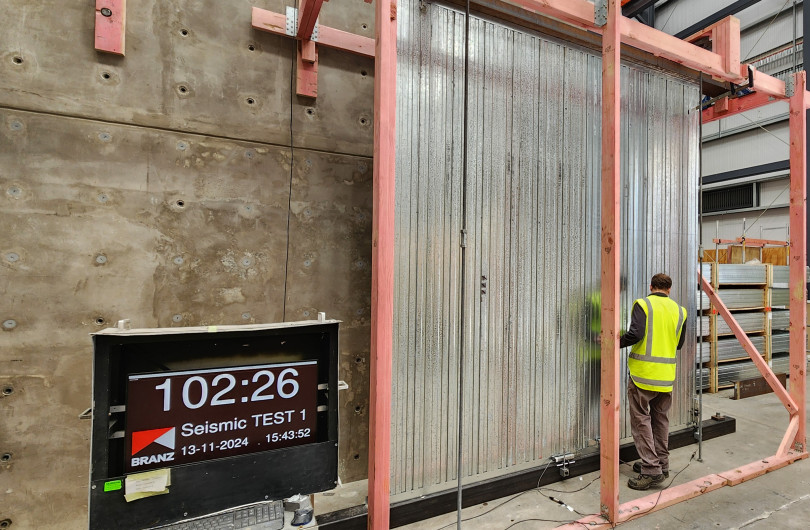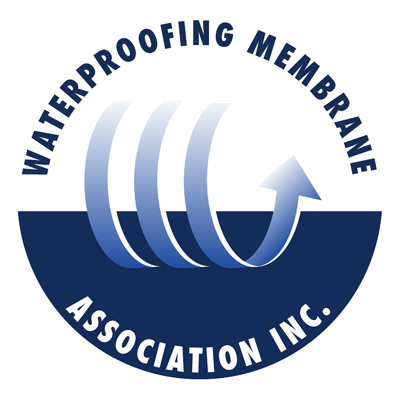Domestic photovoltaic (PV) panels can be used to supply electricity and also to heat water, whereas solar water heating panels heat water but cannot directly supply electricity for home use or to export to the national grid. At first sight it is obvious that they each function in totally different ways and so are not interchangeable but, taking a broader view, they both enable the free energy from the sun to be used, the difference is in the manners in which this energy can be used.
The electricity from a PV system cannot be stored as ‘electricity’ so it needs to be instantaneously used and the surplus converted to a storable form. Within the home this is a collection of batteries, or by export to the national grid. When exported the electricity is instantly used elsewhere which means that less hydro or non-renewable fuels are needed at that moment for network-electricity generation. Due to the fickleness of the amount of solar radiation being received across a day, from day to day, and across the seasons, a normal domestic PV system is very dependent upon the connection to the national grid and therefore exposed to the financial disadvantages of the disparity between the network electricity buy-back price and supply cost.
On the other hand, solar water heating systems do not need to have their gathered energy used immediately. Due to the high thermal capacity of water there is a much greater tolerance to the variability of the changing rate of solar radiation input. By having a system with a generously sized storage tank/s, high temperature piping, and efficient temperature tempering valves, the domestic user will not notice the variation in the rate of the primary generation of the heated water.
In the 1960s DSIR (Government’s former scientific establishment) was researching solar water heating but this petered out and solar water panel interest passed to the hands of environmental enthusiasts usually using some form of flat-plate collector. In the last decade or so the flat-plate has been replaced with an array of imported evacuated solar thermal heat tubes connected to a variety of heat transfer and storage arrangements. While these systems are readily available commercially, they are not promoted to the wider public in the same way as PV panels. In part this may be due to the relative ease of installing PV in an existing house compared to integrating solar water into the existing hot water system. With a new build these difficulties do not exist.
Water heating can account for more than a third of domestic electricity usage (and can be more than that needed for space heating in a well insulated house), so any reduction of this demand is a continuous saving. Often there can be a perception that a solar water installation must deliver 100% of the hot water needs of the household. While this is an ideal result it is not at all necessary as any 1°C ‘solar’ increase in the temperature of the ‘cold-water’ supply replaces the network electricity needed to raise the same amount of ‘cold-water’ by 1℃. Due to the variability of the temperature of the ‘solar water’ it is only ‘topping-up electricity’ which is needed to achieve the desired hot water temperature. Of course, in theory, PV panels could heat the hot water system but the energy demand is so great that this is not economically practical. Even so, the PV ‘surplus’ can be ‘stored’ by directing it into the hot water cylinder.
Solar water panel technology is well proven and readily available but for some reason is not promoted to the extent its effectiveness, convenience, and simplicity deserves. In 1998 I visited China and attended a sustainable energy trade fair where evacuated solar thermal heat tubes units were being actively promoted and being installed throughout the country. These were the same type of unit as those which have been available here for a long time. Last month (September 2018) I was again in China and saw everywhere, from apartment blocks in major cities to individual dwellings in remote hamlets, rooftop solar water installations which will be removing a significant energy demand from the electricity distribution network. The photo above is typical of the set-ups, although perhaps not as aesthetically pleasing as it could be.
I suggest that all those involved in the supply and purchase of our domestic and commercial energy infrastructure must give deliberate and active consideration to bringing solar water heating into the forefront as an important part of our sustainable future.



























 Most Popular
Most Popular Popular Products
Popular Products



